Fix Windows Update Error 0x8009001d
Get Free Scanner and check your computer for errors
Fix It NowTo fix found issues, you have to purchase the full version of Combo Cleaner. Free trial available. Combo Cleaner is owned and operated by Rcs Lt, the parent company of PCRisk.com read more.
How to Fix Error Code 0x8009001d on Windows 10
When installing Updates on Windows 10, you may get an error code 0x8009001d. Like so many other Windows Update errors, this error occurs due to corrupted system files. This article is dedicated to helping you fix error code 0x8009001d.
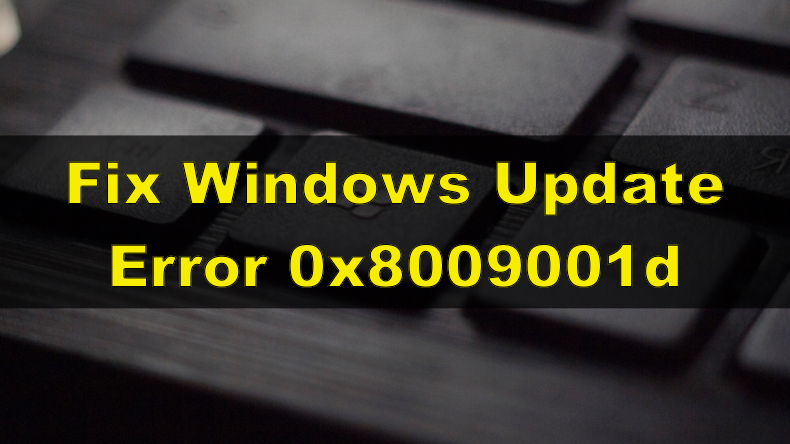
Often, users get errors because some of their system files have become corrupt or due to third-party anti-virus programs interfering with the update process.
To fix errors such as 0x8009001d, it's recommended to run the Windows Update Troubleshooter first. If the troubleshooter fails to fix the problem, it's recommended to run the System File Checker (SFC) scan, Deployment Image Servicing and Management (DISM), and clean the update cache.
Lastly, you can manually reset all Windows Update components. We also suggest temporarily disabling your third-party anti-virus software and then updating Windows to see if the anti-virus software is to blame for error 0x8009001d.
Check out the list of possible solutions that can help you fix this particular error.
Video Guide on How to Fix Windows Update Error 0x8009001d
Table of Contents:
- Introduction
- Solution 1. Run Windows Update Troubleshooter
- Solution 2. Clear the SoftwareDistribution Folder
- Solution 3. Run the System File Checker (SFC) Scan
- Solution 4. Run the Deployment Image & Servicing Management (DISM) Scan
- Solution 5. Manually Reset Windows Update Service Components
- Video Guide on How to Fix Windows Update Error 0x8009001d
Download Computer Malware Repair Tool
It is recommended to run a free scan with Combo Cleaner - a tool to detect viruses and malware on your device. You will need to purchase the full version to remove infections. Free trial available. Combo Cleaner is owned and operated by Rcs Lt, the parent company of PCRisk.com read more.
Solution 1. Run Windows Update Troubleshooter
Windows Update Troubleshooter is the default tool for fixing update-related issues on Windows 10. Try running the troubleshooter and see if it can fix error code 0x8009001d.
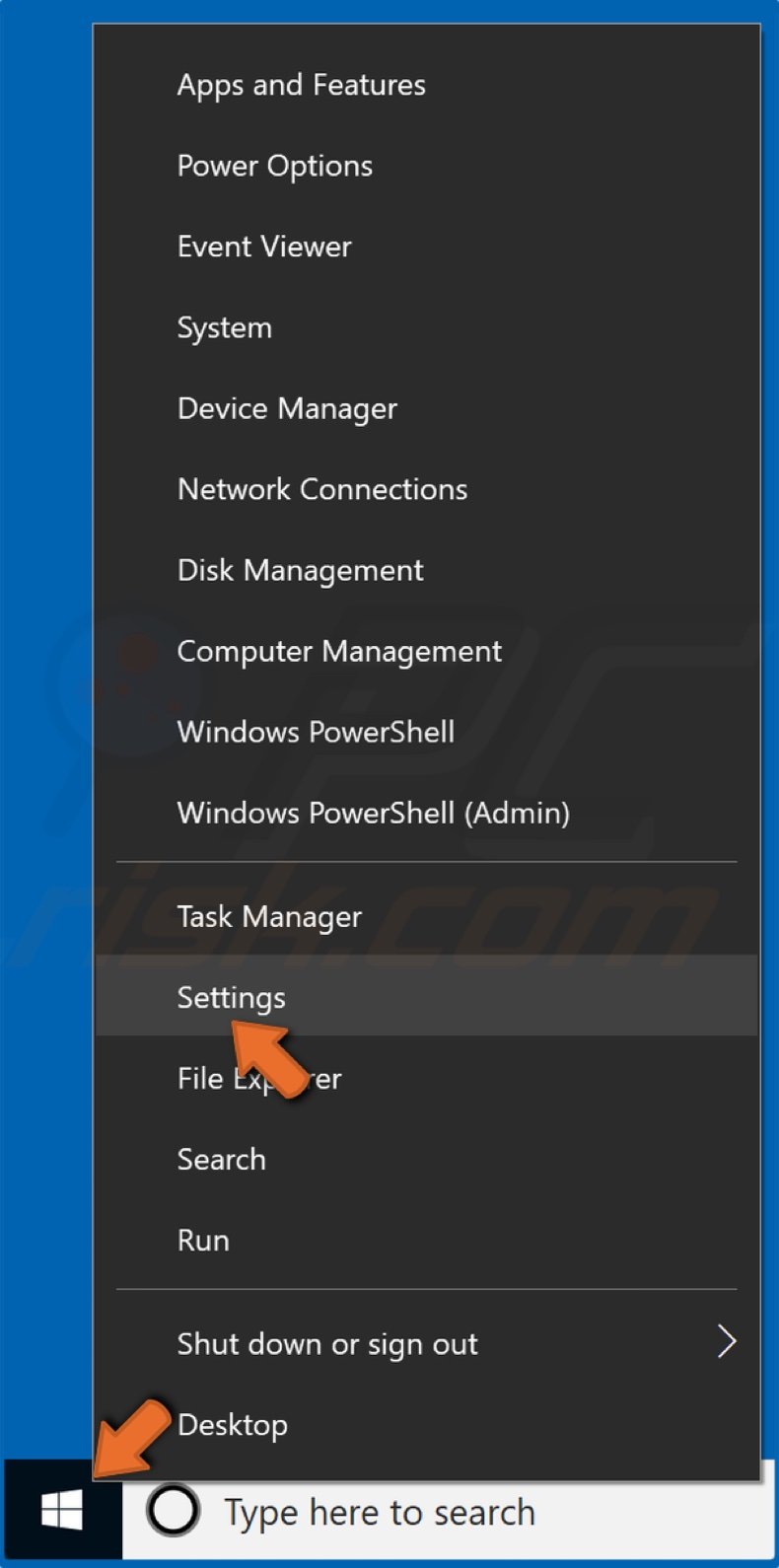
1. Right-click the Start Menu and click Settings.
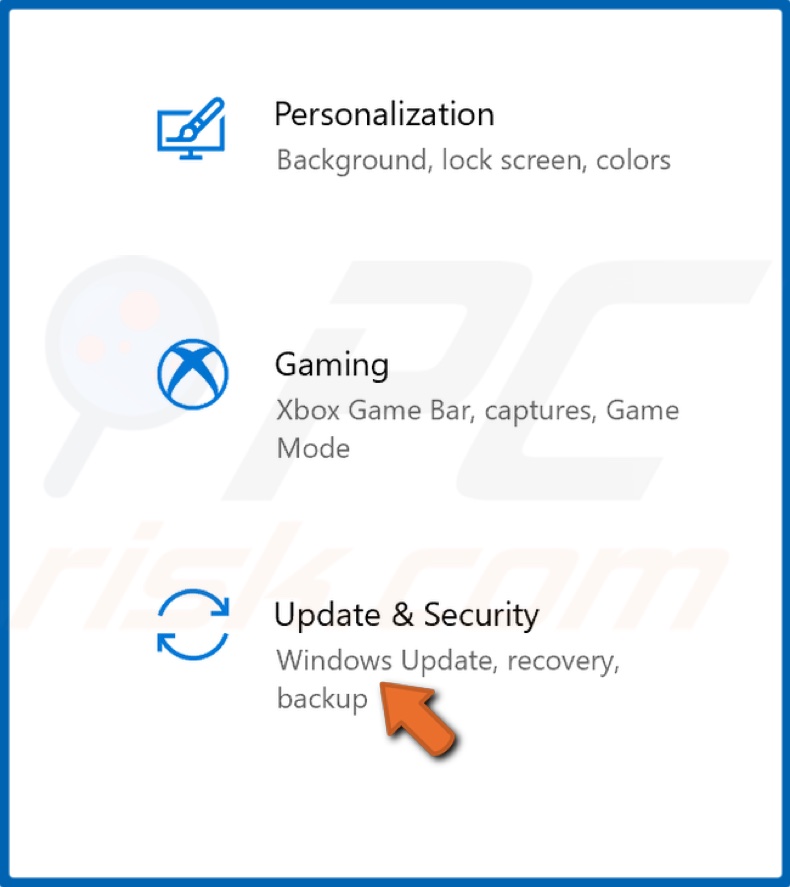
2. Select Update & Security.
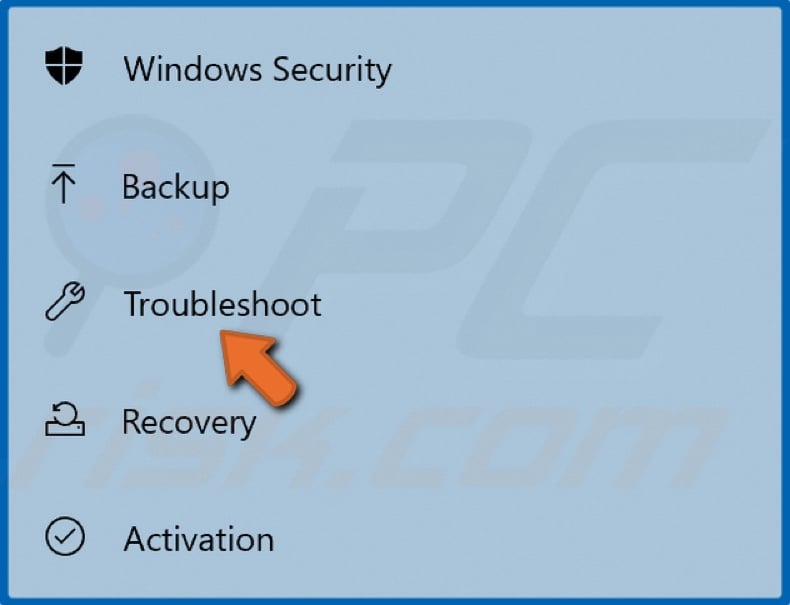
3. Then, select Troubleshoot from the left pane.
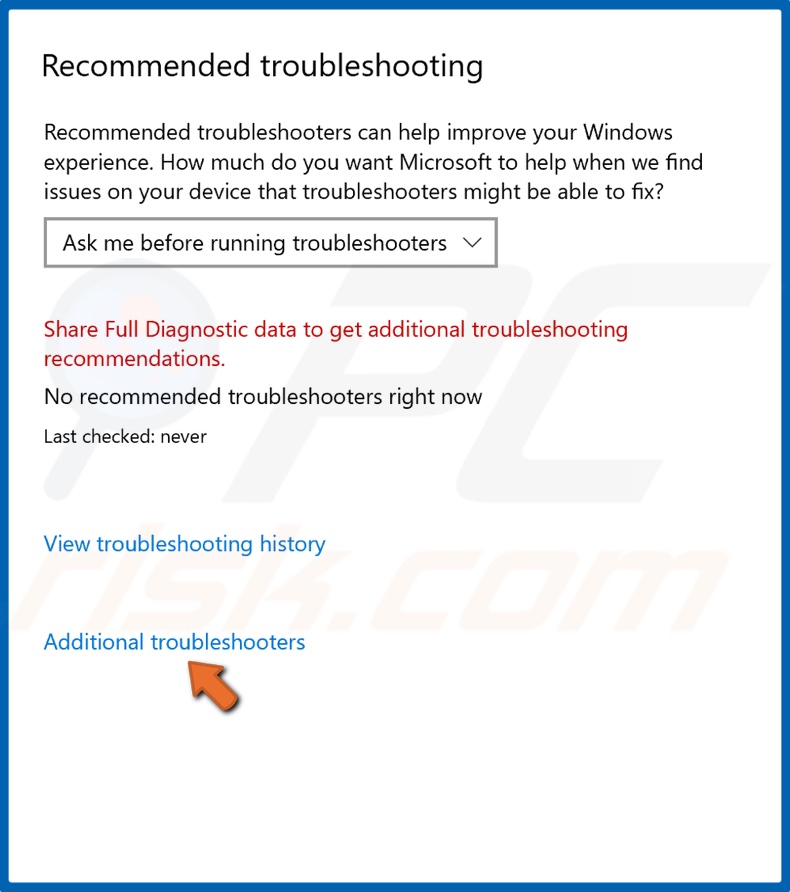
4. Click Additional troubleshooters.
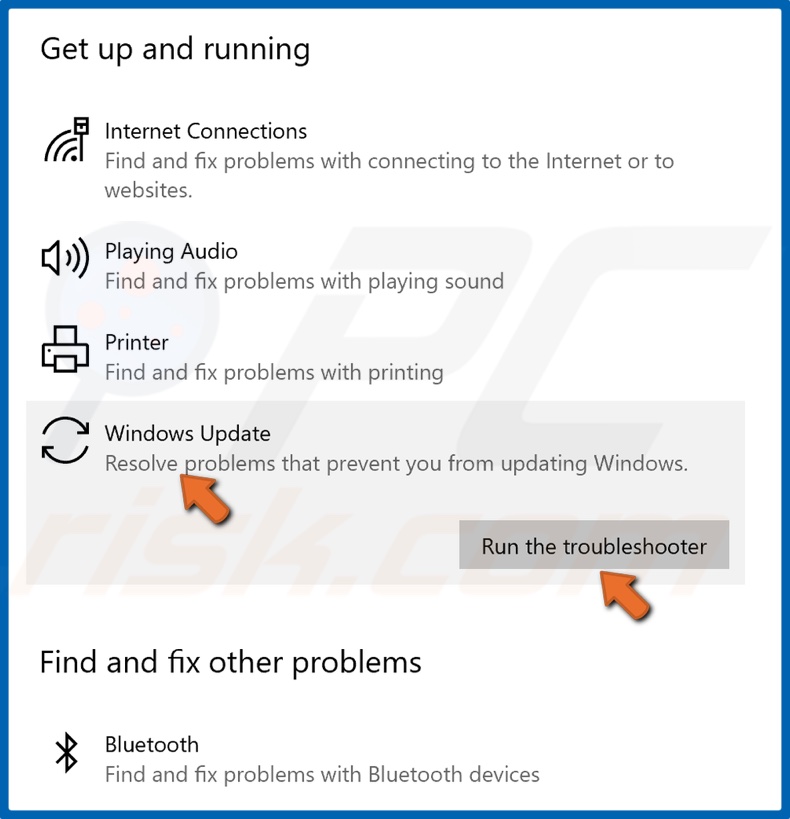
5. Select Windows Update and then click Run the troubleshooter.
6. The troubleshooter will scan Windows update components for issues and provide fixes.
Solution 2. Clear the SoftwareDistribution Folder
The SoftwareDistribution folder stores temporary Windows Update files. But, with each new update release, you may run into problems since the cache folder stores backups of previous Windows versions.
1. Simultaneously hold down Windows+R keys to open Run.
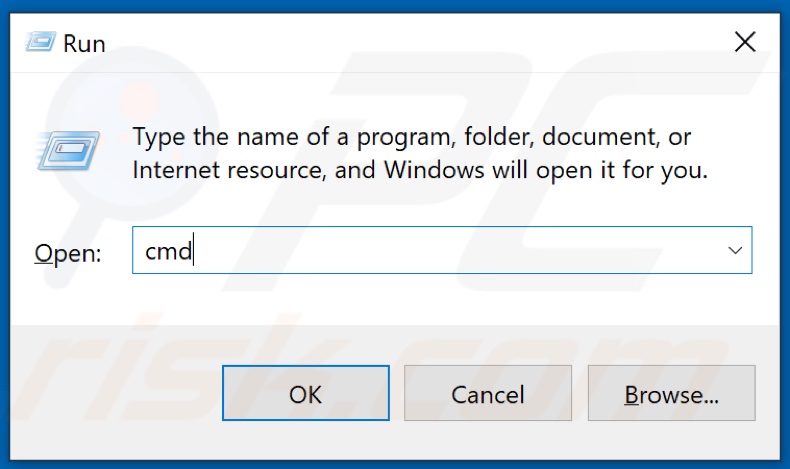
2. Type in CMD in the dialog box and hold down Ctrl+Shift+Enter keys to open the elevated Command Prompt.
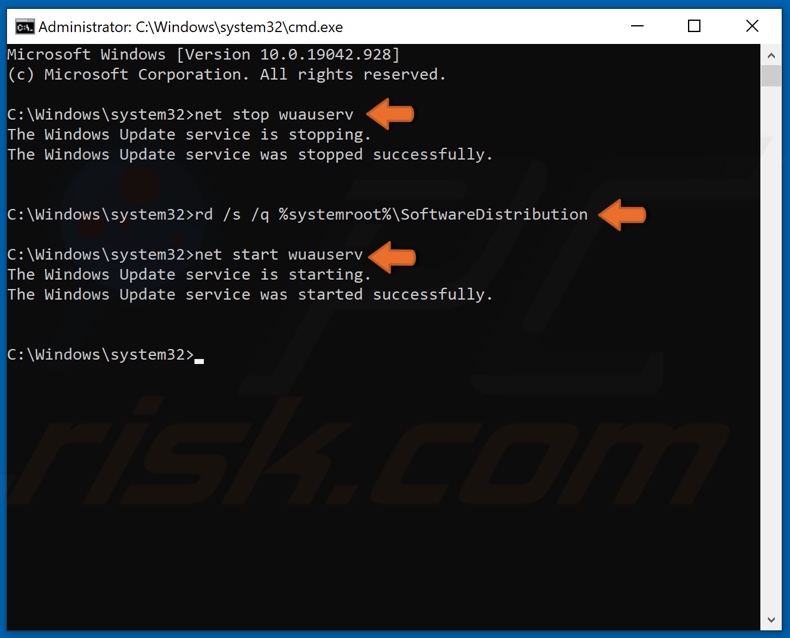
3. In the Command Prompt window, type in net stop wuauserv and press Enter to stop Windows Update Service.
4. Then, type in rd /s /q %systemroot%\SoftwareDistribution and press Enter to clear the Update cache folder.
5. Then, type in net start wuauserv to restart the previously stopped Windows Update Service.
Solution 3. Run the System File Checker (SFC) Scan
1. Simultaneously hold Windows+R keys to open Run.

2. In the Run dialog box, type in CMD and hold down Ctrl+Shift+Enter keys to open the elevated Command Prompt.
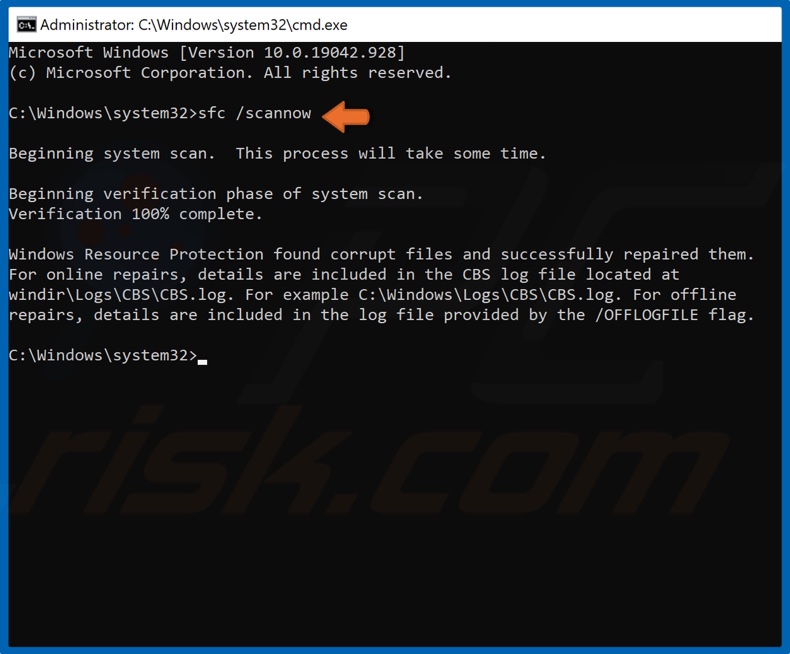
3. In the Command Prompt window, type in SFC /Scannow and press the Enter key.
4. Reboot your PC and try updating Windows.
Solution 4. Run the Deployment Image & Servicing Management (DISM) Scan
A corrupt Windows image may cause error 0x8009001d. If that's indeed the case, you can try running DISM, which will clean up and repairing the corrupt Windows image.
1. Simultaneously hold down Windows+R keys to open Run.

2. Type in CMD in the dialog box and hold down Ctrl+Shift+Enter keys to open the elevated Command Prompt.
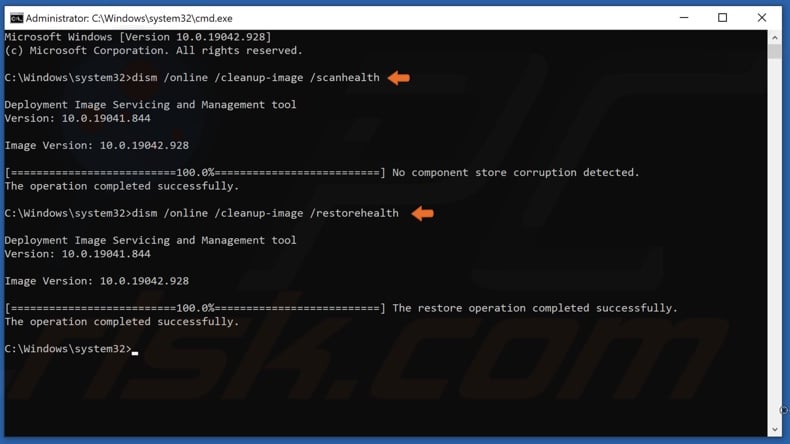
3. Type in DISM /Online /Cleanup-Image /ScanHealth in the Command Prompt window, and press the Enter key.
4. Then, type in DISM /Online /Cleanup-Image /RestoreHealth and press the Enter key.
Solution 5. Manually Reset Windows Update Service Components
1. Simultaneously hold down Windows+R keys to open Run.

2. Type in CMD in the dialog box and hold down Ctrl+Shift+Enter keys to open the elevated Command Prompt.
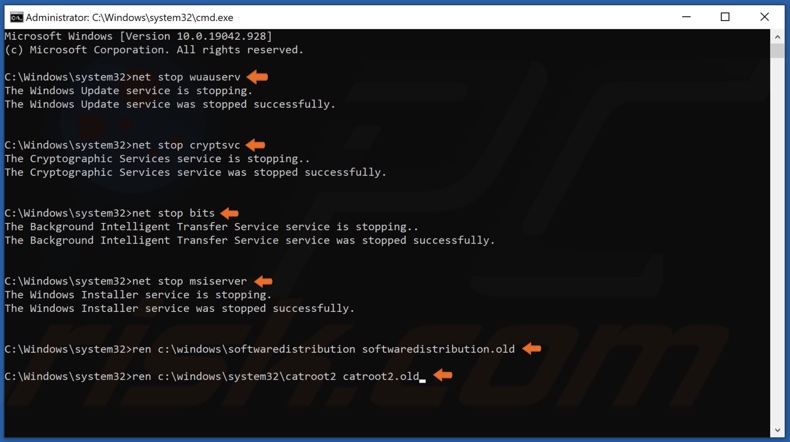
3. Type in the commands listed below, and press the Enter key after entering each one:
- net stop wuauserv
- net stop cryptSvc
- net stop bits
- net stop msiserver
Then, rename the SoftwareDistribution and Catroot2 folders.
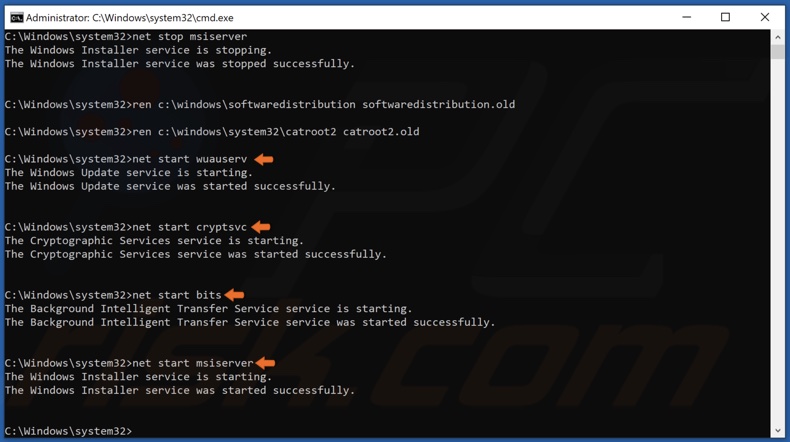
4. Type in ren C:\Windows\SoftwareDistribution SoftwareDistribution.old and press Enter.
5. Then, type in ren C:\Windows\System32\Catroot2 Catroot2.old and press Enter.
6. Type in the commands listed below, and press the Enter key after entering each one to restart the previously stopped services:
- net start wuauserv
- net start cryptSvc
- net start bits
- net start msiserver
7. Try updating windows once you've reset the Windows Update components.
Share:

Rimvydas Iliavicius
Researcher, author
Rimvydas is a researcher with over four years of experience in the cybersecurity industry. He attended Kaunas University of Technology and graduated with a Master's degree in Translation and Localization of Technical texts. His interests in computers and technology led him to become a versatile author in the IT industry. At PCrisk, he's responsible for writing in-depth how-to articles for Microsoft Windows.

▼ Show Discussion